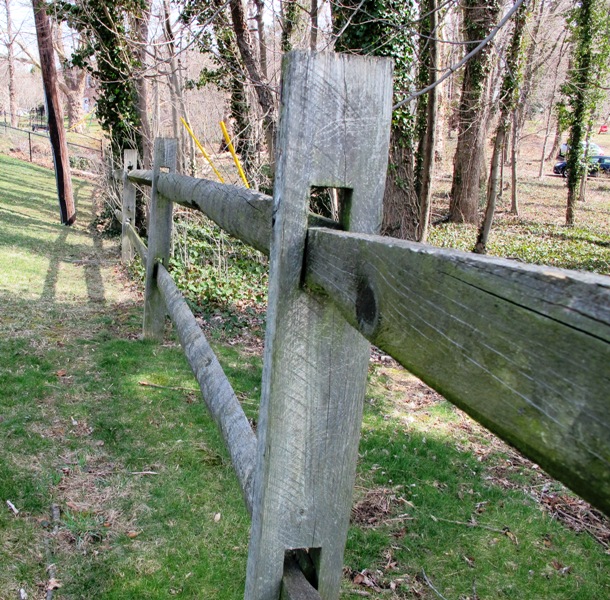Where is the property line? It is a question that every prospective buyer asks. The seller may answer definitively that they know exactly where the line is, and when questioned further they will cite an answer from the previous owner or on information that the neighbors have relayed. They probably have a rough idea but cannot say with absolute authority where the property lines fall, nor should you. If you are really lucky it might be possible to uncover the metal pins or small concrete markers that mark the property boundaries, but for many older homes this evidence of demarcation has long since disappeared.
The only way of knowing with certainty where your property lines are is to have a survey performed by a licensed surveyor. The cost of which usually runs about $800. A surveyed plan will mark all boundaries and lot lines along with all structures, easements and also show any potential problems.
A survey is accurate with in a fraction of an inch and will usually mark all corners for the person ordering the survey. A typical marker today is an orange stake driven into the ground. In the past a marker could have been a rock or stone marker.
The Agreement of Sale allows gives the buyer the option of electing to perform a survey as part of their due diligence, but a survey is not required when a house is sold in Pennsylvania. It seems a bit counterintuitive but when you purchase a home in Pennsylvania you do not definitively know the boundaries of the real property you are buying lie.
When is a survey necessary?
– The construction of any new features or structures on your property – a new fence, shed, garage, driveways, pools, etc. A survey is required to ensure the proposed construction does not violate any regulations regarding setbacks, etc.
– When the footprint of a home is being expanded via an addition
– The subdivision of an plot of land
– When a boundary dispute between neighbors arise
Wallingford PA Real Estate – Wallingford, PA 19086


